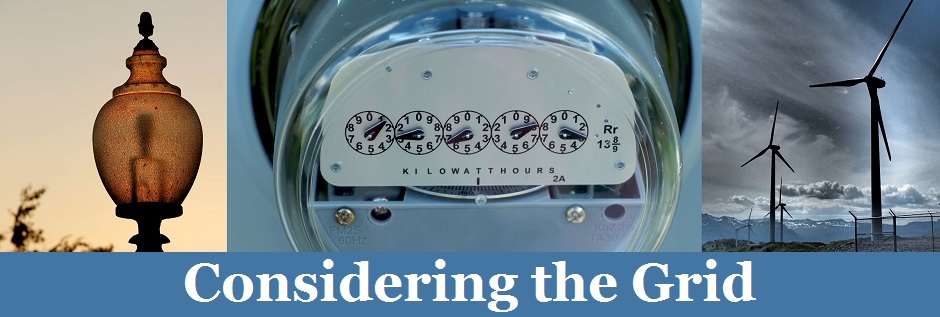On November 16, the Obama Administration released its “Mid-Century Strategy for Deep Decarbonization.” The 100-page plan lays out a detailed strategy to meet a goal of reducing by 2050 economy-wide greenhouse gas emissions by 80% or more below 2005 levels. The strategy includes “three major categories of action:”
- Transitioning to a low-carbon energy system by cutting energy waste, decarbonizing the electricity system and deploying clean electricity and low carbon fuels in the transportation, buildings, and industrial sectors;
- Sequestering carbon through forests, soils, and CO2 removal technologies by bolstering the amount of carbon stored and sequestered in U.S. lands and deploying CO2 removal technologies (e.g. carbon beneficial bioenergy with carbon capture and storage); and
- Reducing non-CO2 emissions such as methane, nitrous oxide, and fluorinated gases.
Also on the same day, the International Energy Agency—an autonomous organization that, among other things, provides energy policy advice to its 29 member countries including the United States—announced the release of its World Energy Outlook 2016. While the full report is only available by purchase, select information including the executive summary, the table of contents, and the first chapter may be downloaded for free. The report discusses trends in, and applies a “scenario-based approach” to model the international outlook of, oil, natural gas, and coal markets; the power sector; energy efficiency; and renewable energy. The report also addresses the impacts of these trends on climate change and the energy-water nexus. The modeling scenarios include:
- a New Policy Scenario, which is based on a review of both current policies and measures as well as announced “targets and intentions.” This scenario takes into account announced but not-yet-implemented policies such as the Clean Power Plan and the emissions targets (or nationally-determined contributions (NDCs)) that are set forth in the Paris climate pledges;
- a Current Policies Scenario, which is based only on policies with implementation measures in place in mid-2016. As such, policies such as the Clean Power Plan and the promises made via the Paris Agreement are either not addressed or implementation is considered to be “sluggish.” The authors view this scenario as the benchmark analysis; and
- a Decarbonisation Scenario (450 Scenario), which starts at the end-game of “limiting the average global temperature increase in 2100 to 2 degrees Celsius above pre-industrial levels” and models policies and strategies needed to achieve that end-game (in contrast to the two policy scenarios which work forward by measuring the impact of policies on the energy sector).
Under the New Policies Scenario, the authors make a point to clarify that while “[t]he projections . . . signal to policy-makers and other stakeholders the direction in which today’s policy ambitions are likely to take the energy sector,” the scenario is not a forecast. The authors further state that, “[a]longside other uncertainties, like the pace of economic growth and technology change, adjustments will be made to policies affecting energy consumption and the evolution of the power sector in the future, beyond those already announced, responding to new circumstances or priorities.”
The incoming administration’s stance on the Paris Agreement and greenhouse gas emission reductions is one such “new circumstance” that will impact both the IEA report’s conclusions and the implementation of the White House’s decarbonization strategy.

